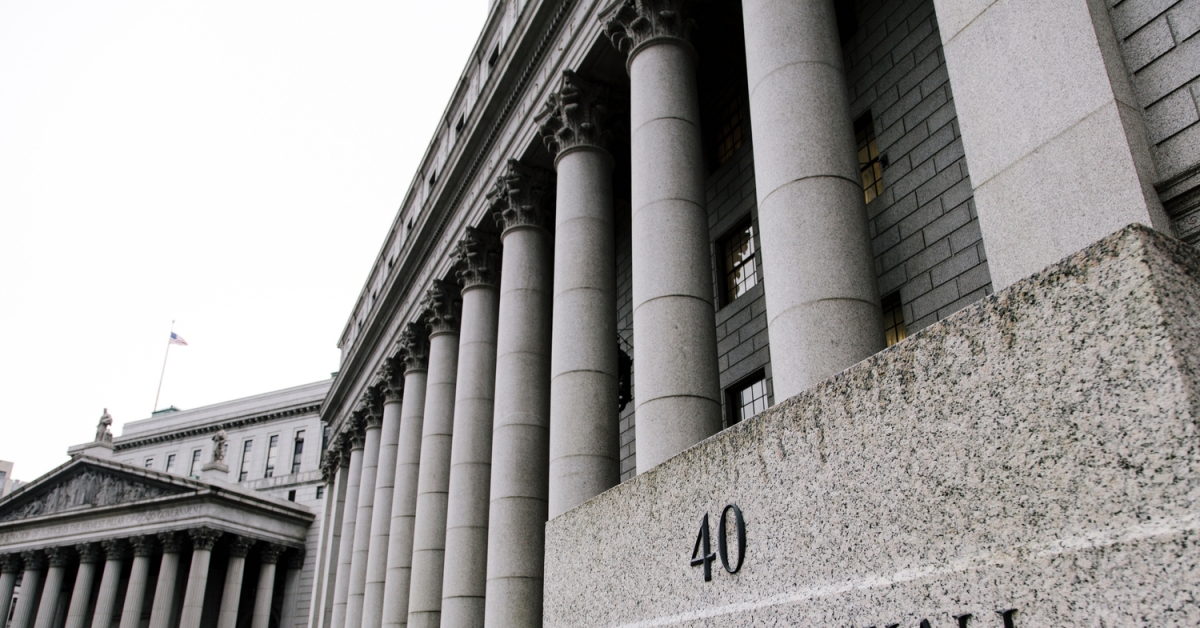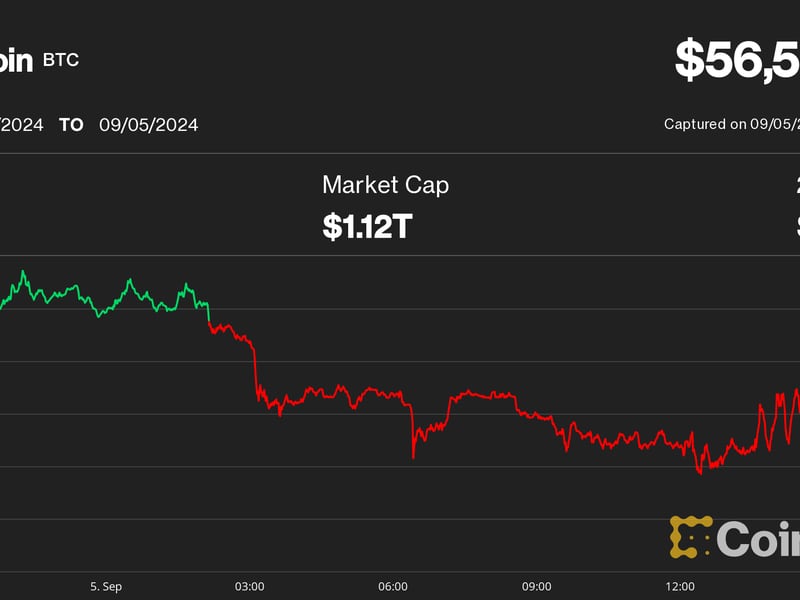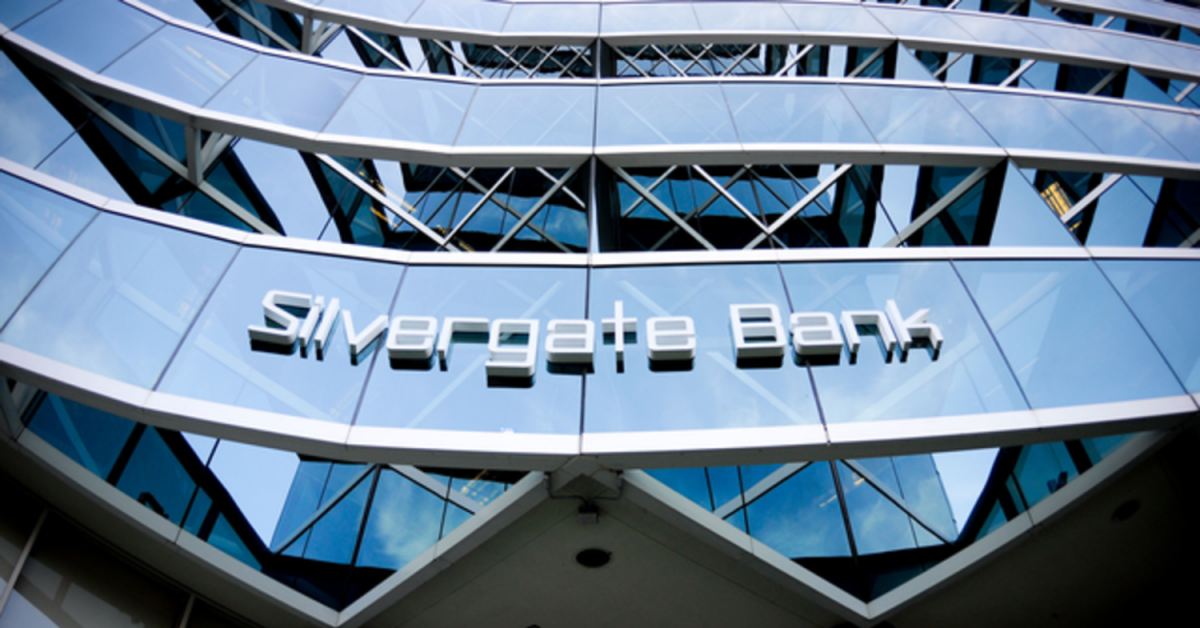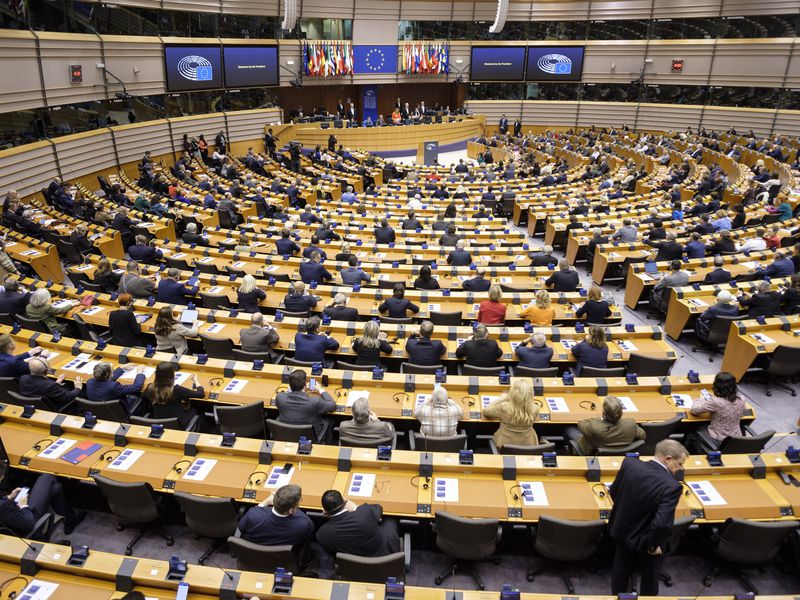Overheard at EthCC — Is Crypto Back, Boosted by Artificial Intelligence?
Paris, FRANCE — With more than double the attendees compared to last year’s event, over 250 side events and pretty much every event and side event oversubscribed, the mood at last week’s EthCC was elated, leaving attendees at the Ethereum-focused conference to wonder whether the worst of the bear market is in the past.
The breezy summer weather and blue skies of Paris didn’t hurt, nor did the jolt of positive sentiment from Ripple’s recent partial win in its case against the U.S. Securities and Exchange Commission (SEC) – a catalyst for price rallies not only in the related XRP token but other altcoins, including ether, the native token of the Ethereum blockchain. The past few weeks have also seen announcements of applications for bitcoin (BTC) exchange-traded funds (ETF) from some of the world’s largest asset managers – not really related to the Ethereum blockchain per se, but an important and encouraging development for the digital-asset sector.
Another hot topic at the event was the rise of artificial intelligence or AI, with multiple talks and side events organized on the topic.
Most investors and founders I spoke to were bullish on the intersection of the two fields — even though they disagreed on exactly how they should intersect.
One camp sees the more immediate, practical applications of AI into crypto markets and communities as the best use case. For example, Ken Timsit from Cronos Labs, the Layer 1 blockchain of exchange Crypto.com, sees AI as a tool to increase productivity in crypto financial markets, increasing the dollar value of funds managed by crypto firms.
This might look a little like throwing chatbots onto exchanges right now, but fundamentally bringing analytical capabilities to crypto traders and institutions could end up being a powerful force. High-frequency trading houses and market makers have been using AI for a while now, but their edge is often in in-house technology.
Along these lines is Upshot, which uses AI to price non-fungible tokens (NFTs), and they’ve been at it for the past three years. In their view, NFTs are the rails on which trillions of dollars of assets can be brought into Web 3, such as art, luxury goods, insurance and eventually real estate. But these non-fungible assets need a lot of human power to keep rolling. AI could be the answer to figuring out pricing mechanisms and how to clear markets.
Cryptography for Better AI
One of the buzzwords of crypto development for the past year have been zero-knowledge proofs (ZK), a type of cryptographic process that can verify the validity of a statement without revealing any other information about the statement itself.
ZK could be applied to machine learning to verify what model has been used to yield a given result in a mashup known as ZKML, or perhaps what datasets were used in the training of data. Essentially, blockchain could create a decentralized trust system for AI.
According to Eli Ben-Sasson Co-Founder and President of StarkWare, and a major figure in the development of ZKs, blockchains are especially good at social coordination, and ZKs are a privacy technology, which is not necessarily what machine learning needs.
One venture capitalist said that the best use case for blockchain is keeping track of the data used in training AI systems. That’s an incredibly demanding computational task. Keeping track of what the algorithms are doing is another crucial task, perhaps even more important.
A key bottleneck is computing power, performance, and usability of ZK proofs, which remain relatively slow. Companies like Manta Network and Fabric Cryptography are working on these problems.
Other projects are using blockchains to bring together and coordinate computational power that could then be used to train and run machine-learning models.
All good fodder for discussions in Paris over croissants and champagne in rooftops with Eiffel Tower views.
Exactly what use cases come from all this remain to be seen.
Edited by Bradley Keoun and Parikshit Mishra.









